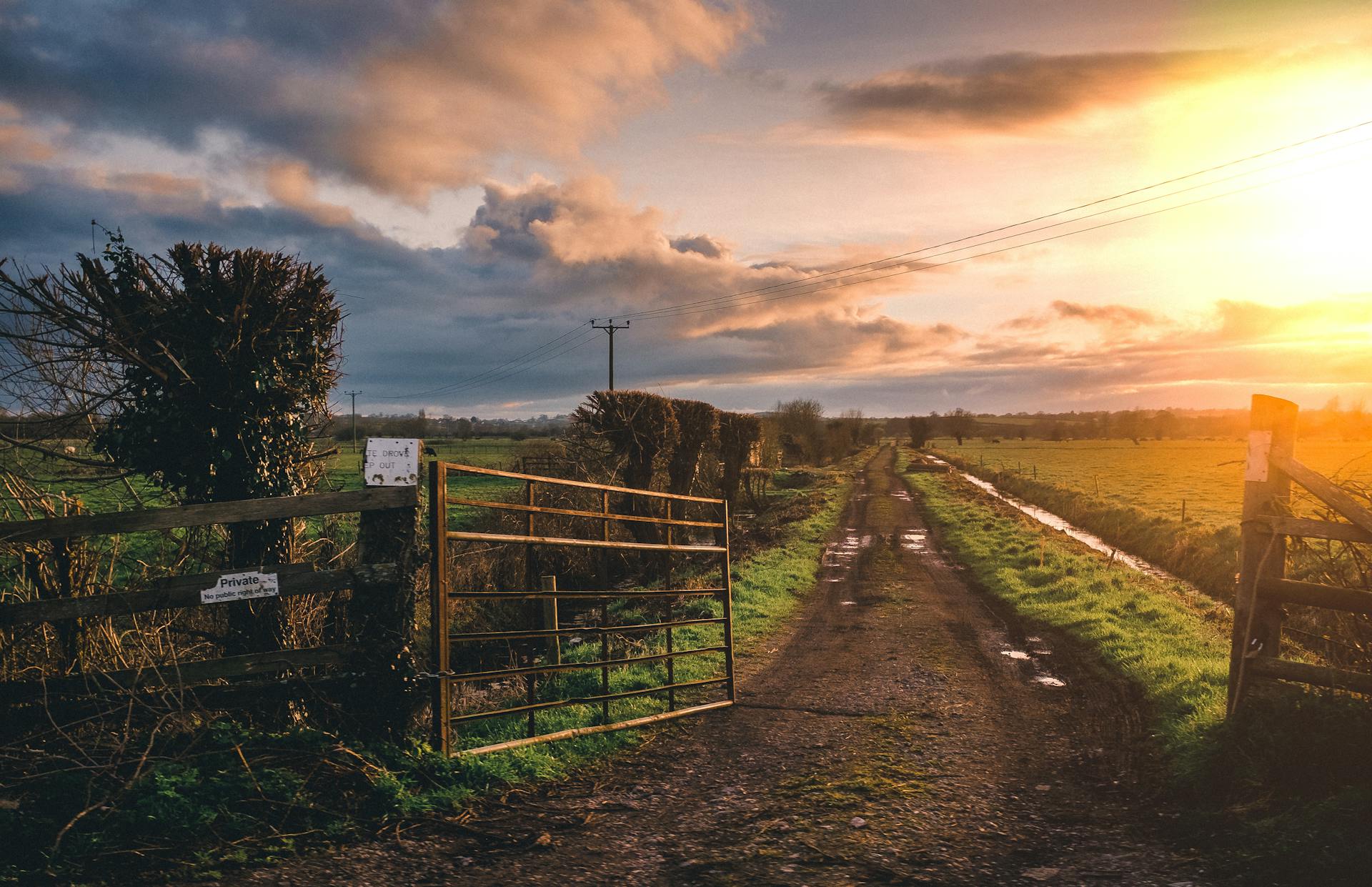Rights of way & agricultural land
09-10-2024
The public have a right to roam much of the great outdoors in England. Open access land includes areas like downland, heathland, and mountains where the public can walk freely.

09-10-2024
The public have a right to roam much of the great outdoors in England. Open access land includes areas like downland, heathland, and mountains where the public can walk freely.

However, unlike Scotland, there is no universal right to roam most of the land for recreational purposes. In England, the public have rights of access to land over established rights of way.
A right of way is a right enjoyed by the public to cross over someone else’s land. In a rural setting, that “someone else” is likely to be a farmer or landowner.
Rights of way can be categorised into several types, each with its own specific characteristics and uses. Understanding these distinctions is crucial for both landowners and the public to ensure proper use and maintenance.
Understanding these categories helps ensure that public rights are respected and that the natural environment is preserved for future generations.
Farmers and landowners must ensure that public rights of way are accessible and properly maintained. This includes keeping paths clear from obstruction and ensuring gates are in good working order. However, landowners can apply to have paths diverted or closed, if necessary, often due to farming operations.
Rights of way have existed for hundreds of years. Many of these are simply paths that have been used by the public which then are usually shown on maps and, over time, become recognised rights of way. These paths are officially documented on a legal record known as the Definitive Map and Statement. The basic requirement is that a path or roadway must run between two public points, crossing privately owned land and is or has been used by the public for at least twenty years without interruption.
Creating new public rights of way involves a formal process of designation, ensuring that new paths meet specific criteria and serve the public interest. This process is typically initiated by the landowner or the local authority.
To designate a path as a public right of way, the following conditions must be met:
Local authorities play a pivotal role in this process, assessing applications and ensuring that all criteria are met before a path is officially designated. This careful evaluation helps maintain a balance between public access and the rights of landowners.
If you are a landowner, you must keep a public right of way visible and must not obstruct or endanger users. Public rights of way are recorded in various locations. Your first port of call will be the local authority but records of public rights of way can also be recorded by national part authorities, county councils, some district councils, metropolitan boroughs and unitary authorities. The rights of way are usually shown on a definitive map of the area.
The Countryside and Rights of Way Act 2000 covers the right of access to the countryside, public rights of way and the protection of nature and wildlife. The Act details the responsibilities of anyone using a public right of way. These include not damaging hedges, fences and walls and not leaving gates open when they are found shut.
The Countryside Code is the Government’s guide for visitors to the countryside and advice for land managers and covers the use of public rights of way. The Code contains guidance rather than legislation.
Users of public rights of way have certain responsibilities to ensure that they use the paths safely and respectfully. Adhering to these guidelines helps preserve the natural environment and ensures that all users can enjoy their rights without conflict.
Where a public right of way crosses your land, you have certain obligations in relation to it. The most important of these is to keep it open, free of obstruction and available to the public. Of course, the rules are much more detailed than that simple, broad statement. For instance, if a farmer were to plough the right of way, Section 134 of the Highways Act 1980 requires it to be reinstated within fourteen days. Failure to reinstate can result in a fine.
Natural England has published guidance on public rights of way for landowners which apply to agricultural or any other land.
The maintenance of public rights of way is a shared responsibility between local authorities and landowners. Proper maintenance ensures that these paths remain safe, accessible, and enjoyable for all users.
Local authorities and highway authorities play crucial roles in the management and maintenance of public rights of way. Their responsibilities ensure that these paths are properly designated, maintained, and accessible to the public.
If you discover a problem with a right of way, contact the rights of way section of the highway authority through whose area the route passes and explain the problem to them.
Local councils can implement initiatives like the Rights of Way Improvement Plan to improve accessibility and address community needs. There are also many organisations dedicated to keeping the countryside open and accessible. For those who like walking, you may consider Ramblers. For those with an interest in the countryside and open spaces, you might consider Open Spaces Society.